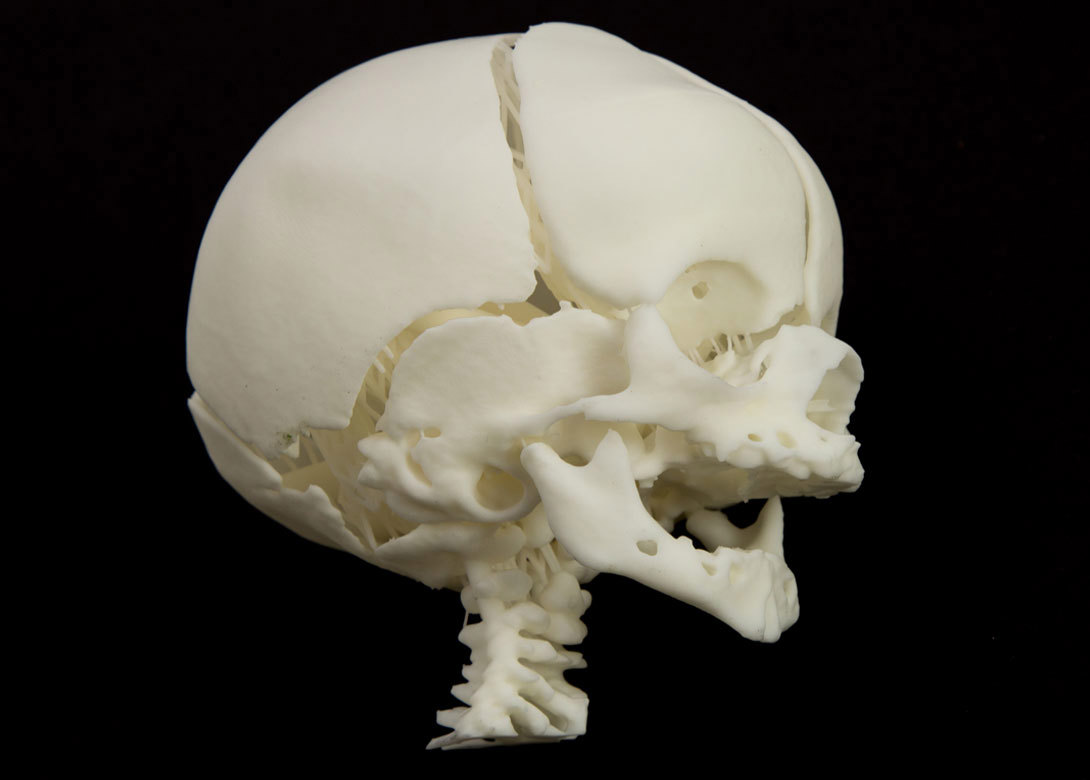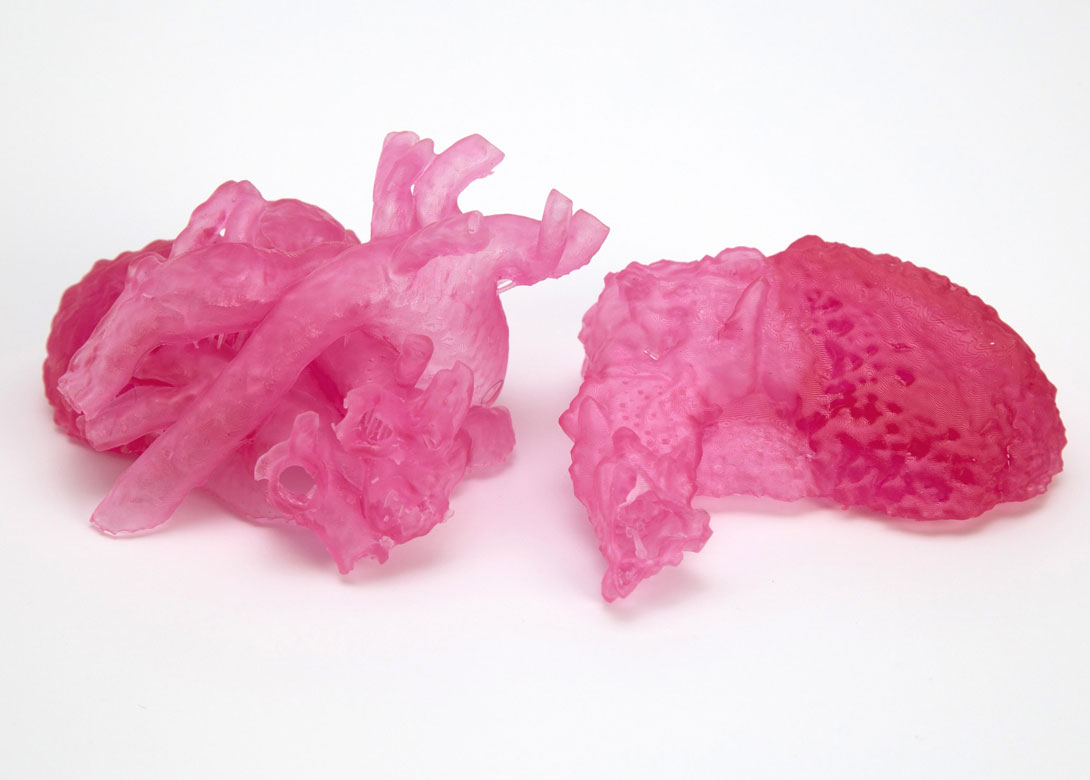
NewPro3D recently joined Henkel’s ‘Open Materials Platform’ with the goal of providing additive manufacturing solutions at production scale. Working collaboratively, the companies are combining their areas of focus to create next level solutions for the medical industry. With Henkel’s expertise in materials and NewPro3D’s innovation in 3D printing equipment and software, the companies are enabling new applications in anatomical modelling, prosthetics and more.
NewPro3D’s unique technology for digital light processing (DLP) produces 3D models at record speeds. Specifically, the company’s Intelligent Liquid Interface (ILITM) consists of a transparent ‘wettable’ membrane that is chemically designed to facilitate faster movement between cured layers, eliminating the slow mechanical processes used on conventional 3D printing techniques. When used in combination with Henkel’s wide range of photo-curing resins, the result is ultra fast manufacturing of medical devices and tools including hard and soft anatomical models for use in surgical planning and educational programmes.
“We’re excited to work with NewPro3D to develop applications which can have a life altering impact for so many people. Our goal with additive manufacturing is to drive production at scale. While that’s a potential game-changer in all the markets we serve, perhaps nowhere is it more important than in the medical industry, where lives are literally at stake. It’s very gratifying for our team to play a small role in improving the outcome for those in need,” says Sean Dsilva, head of 3D printing materials at Henkel.
3D printed anatomical model of an infant’s skull
The companies created an 3D printed anatomical model of an infant’s skull, to aid the surgical team when treating the child. In this particular case, the child was afflicted with a syndrome that caused misalignment of the anterior mandible. To correct the issue, doctors must lengthen the mandible to approximate the maxilla. The model helped the surgical team more accurately measure the defective position and identify areas where a device can be anchored to lengthen the mandible, in addition to helping them more easily visualise the overall position of other cranial bones.
“3D models help surgeons and proceduralists get better context and therefore improve their planning and performance. 3D printing should be looked at as a way to reduce risk and improve outcomes,” explains Gabriel Castanon, chief operating officer at NewPro3D.
In this particular example, doctors with the use of this helpful tool, were able to develop a treatment plan that involved the construction of an osteodistraction device that was placed in the body of the mandible. As dictated by the treatment plan, the apparatus featured external screws, which were rotated daily to a prescribed number of revolutions.


Having spent a decade in the fastener industry experiencing every facet – from steel mills, fastener manufacturers, wholesalers, distributors, as well as machinery builders and plating + coating companies, Claire has developed an in-depth knowledge of all things fasteners.
Alongside visiting numerous companies, exhibitions and conferences around the world, Claire has also interviewed high profile figures – focusing on key topics impacting the sector and making sure readers stay up to date with the latest developments within the industry.





